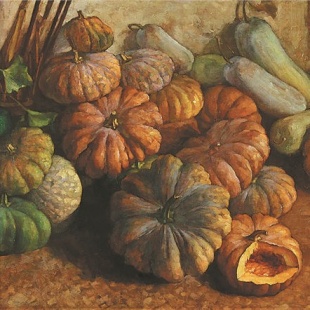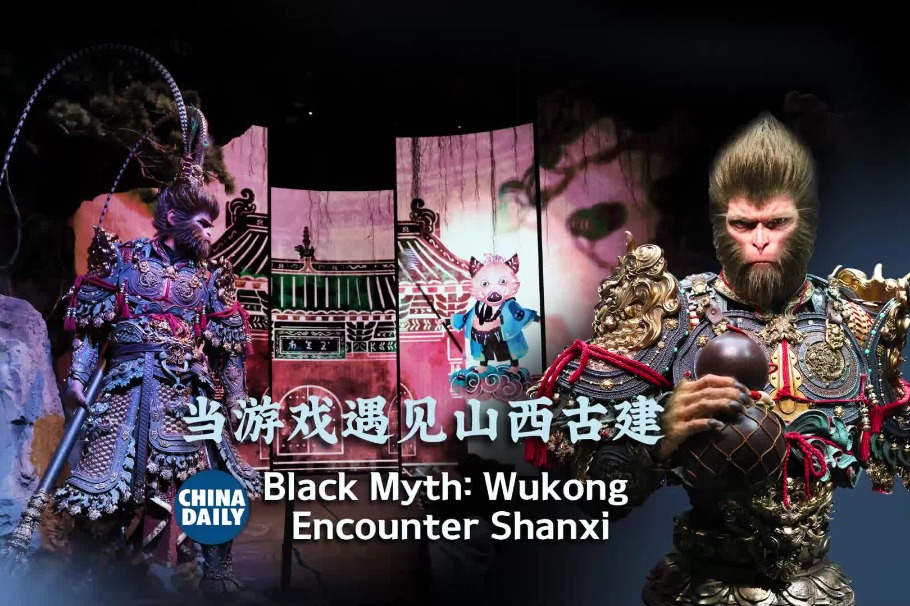A place of sanctuary and creativity


Exhibition sheds light on Chongqing's influence on modern art and celebrates the spirit of a city that offered wartime resistance during WWII and spectacular scenery, Lin Qi reports.
In the spring of 1939, people flocked to take refuge in Chongqing, in Southwest China, amid the chaos caused by the War of Resistance Against Japanese Aggression (1931-45). Among them there was Fu Baoshi (1904-65), a university teacher of Chinese painting, and his family, who settled down in a shabby countryside cottage, in a mountain suburb known as Jingangpo among the locals. Today it is located in the Shapingba district. Fu lived there for more than seven years and, during this time, his reputation soared. In the years spent in the small, dark cottage, his career underwent a major transition, as he rose from a lesser-known artist to a prominent figure in landscape painting.
Fu was deeply immersed in the majestic landscape of Chongqing, with its mountains of wild, eccentric beauty, lush greenery and dense mist, which, along with the clouds, added a feeling of extensiveness and mystery. The scenery he saw every day inspired him to establish a highly individual style in the mountain-and-water genre of Chinese painting, and to also form the "Baoshi cun", later widely known as his signature brushstroke approach.
Cun is a method of dabbing, shading and layering in Chinese painting to create the form, surface and texture of rocks and mountains. And Fu further reformed this technique in his work to accentuate the fissures and cracks in the mountain stones and the high humidity of Chongqing, a riverside, mountainous city. This approach is sometimes called "Jingang cun", named after Jingangpo.
The progress in art Fu achieved in Chongqing continued to influence his later work, even after he left the city and moved back to Nanjing, in today's Jiangsu province, where he taught, painted and pioneered the "new landscape painting" movement.
Fu's intimate link with Chongqing is marked at a group exhibition in Beijing, Splendent Galaxy, which reviews important figures, schools, movements and publications active in Chongqing, between 1937 and 1949, a period that established a chapter of modern Chinese art. Organized by the Sichuan Fine Arts Institute, in Chongqing, the exhibition is on at Today Art Museum until April 13.





































